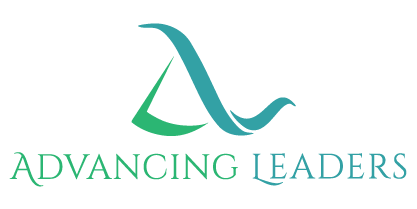Belonging 1
Although I’ve covered the topic Diversity, Equity, Inclusivity in a prior blog, I’ve received enough questions that indicate that readers are using the words interchangeably. These words are not synonyms, even if they form the foundation of workplace cultures of belonging. Rhodes Perry (2018) defines these terms as follows:
Diversity exists at work when the environment includes a variety of individuals, groups, and/or communities with different social and cultural characteristics, working styles, ideas, and experiences. Cultivating a diverse workplace is not the destination. It is often the entry point to creating dynamic, innovative, and productive organizations.
Inclusion in the workplace boils down to welcoming, respecting, supporting, and valuing the authentic participation of any individual or group. This form of engagement recognizes each individual for their valuable contributions and builds a sense of cooperation informing key decisions.
Equity in the workplace is rooted in fair treatment, access, opportunity, and advancement, while simultaneously attempting to identify and eliminate structural barriers that have prevented the full participation of underrepresented groups. Underrepresented groups consist of those people from identity groups that endure disadvantages in the workplace due to historical oppression and exploitation. An identity group is one where a particular group of people from a specific culture or community share a sense of belonging given their backgrounds, beliefs, experiences, or a combination of these things. Each of us belongs to a number of identity groups and experience the concept of intersectionality. Intersectionality means that all of us have multiple identities that intersect such as gender, race, sexual orientation, religious beliefs, work styles, political views, etc.
Now that we have a better idea of what we’re talking about, we can approach our workplace, team, committee, board or any other organized group using a DEI Lens (Sonali Balajee, 2012). When making a business decision impacting a policy, program, or system, four considerations should be factored into the process:
People: Consider the spiritual, physical, emotional, and contextual effects that impact people by asking the following questions:
- Who is positively and negatively affected?
- How are people differently situated in terms of the barriers they experience?
- Are people traumatized or retraumatized by this decision?
Place: Consider what geographic locations are impacted, by asking these questions:
- How are you accounting for people’s physical and emotional safety and their need to be productive and feel valued?
- How are you considering environmental factors and environmental justice with respect to your decision?
- How are public and private resources including investments, distributed geographically?
Process:
- How are we meaningfully including or excluding people who are affected?
- What policies, processes and social relationships contribute to the exclusion of communities most affected by inequities?
- Are there empowering processes at every human touchpoint?
- What processes are traumatizing, and how do we improve them?
Power: Consider the power differentials involved to resolve an issue by asking the following questions:
- What are the barriers to doing DEI work?
- What are the benefits and burdens that communities experience with this issue?
- Who is accountable?
- What is your decision-making structure?
- How is the current issue, policy, or program shifting power dynamics to better integrate voices and priorities of underrepresented communities?
Using the DEI Lens and any other questions you may think of helps with buy in, in the sense that more people will feel included. But it also helps to identify unconscious biases.
Weekly Challenge: Consider the DEI definitions. How does your organization, team, or business measure up?
Supporting Your Success!
KJ

